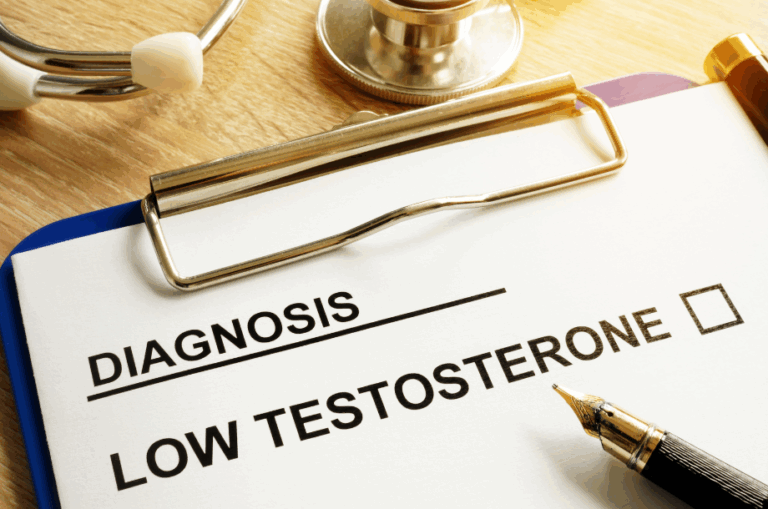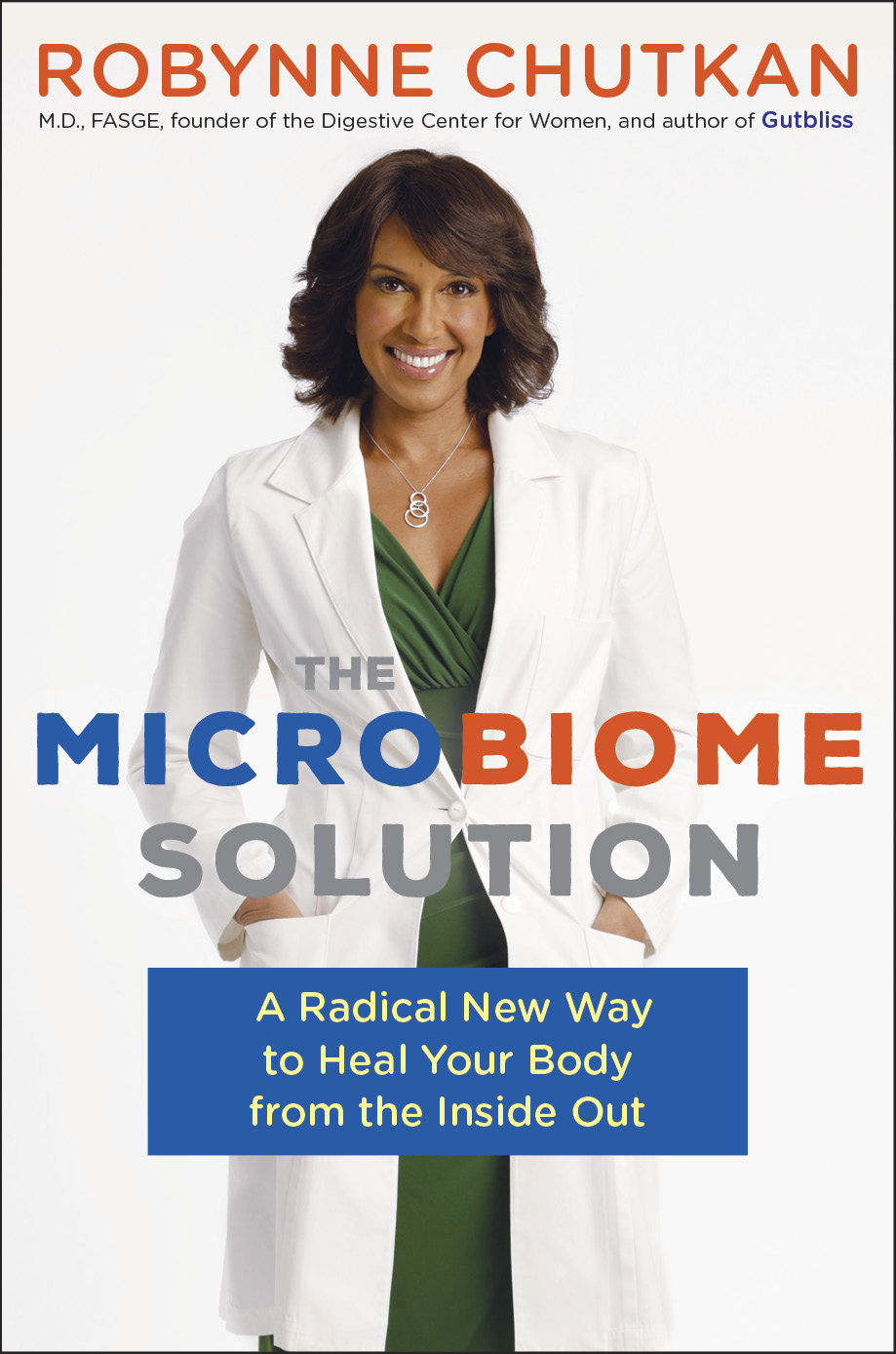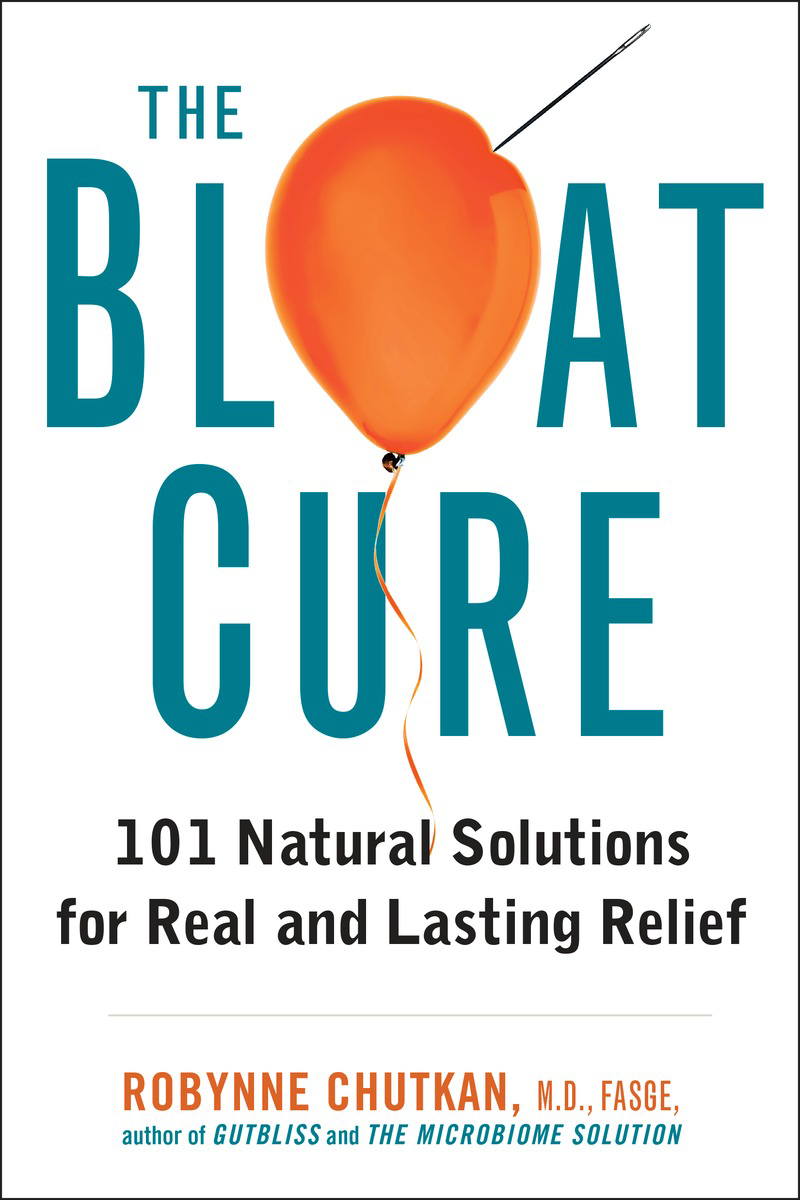The gut microbiome & its relation to weight loss
There’s lots of hype surrounding the gut microbiome and weight loss. Studies show that when transferring microbial samples from obese individuals to germ-free mice, the mice gain weight, illustrating that the gut microbiome can play a role in determining weight. In fact, the more we study the microbiome, the more we realize that our gut bacteria hold the key to many functions and metabolic pathways associated with weight management. Gut bacteria:
- Influence how much dietary fat is absorbed by the intestines, affecting fat storage.
- Play a key role in inflammation, producing lipopolysaccharides (LPS). Mouse studies show that when mice are given LPS, they gain weight equivalent to the weight gain from a high fat diet.
- Protect against inflammation by helping to maintain a strong gut barrier. The specific species involved in gut barrier function include Bifidobacteria and Akkermansia. Increasing the integrity of the gut barrier is associated with improvements in weight loss and insulin resistance.
- Regulate the production of appetite hormones, including leptin, ghrelin, and peptide YY, and can help determine when you feel hungry and full. Studies show that the byproducts created when bacteria break down fiber in the gut – short chain fatty acids (SCFA) like propionate – can significantly increase hormone levels associated with feeling full, resulting in improvements in insulin resistance and weight loss.
The ratio hypothesis
Preliminary research investigating the components that make up a lean and an obese gut microbiome shows that a difference in the ratio of the two main types of gut bacteria phyla – Firmicutes and Bacteroidetes – appears to be the main determining factor. A ratio high in Firmicutes and low in Bacteroidetes was characterized as an “obese” microbiome, while one high in Bacteroidetes and low in Firmicutes was more characteristic of a “lean” microbiome.
Diversity is the key
Larger studies using data from The Human Microbiome Project found that the Firmicutes to Bacteroidetes ratio may not be so important. In these more extensive studies, no such differences in ratios between obese and lean individuals have been reproduced.
So, what is the difference between the lean and the obese gut microbiome, if any? Later research has uncovered that the primary difference between the two is that lean individuals possess a rich and diverse microbiome, inhabited by a wide variety of microbial communities, while obese individuals possess a starker microbiome with lower microbial content and diversity. Obese individuals also possess more inflammatory-associated bacteria than lean individuals. Based on these more recent studies (including investigations showing a strong association between low microbial diversity and insulin resistance, inflammation, poor diet, and antibiotic exposure), scientists have concluded that it’s probably microbial richness and diversity that matters more when it comes to good health and weight management, not a specific bacterial ratio.
Do positive gut bacteria alterations result in weight loss?
A 2015 review of all the scientific literature looking at the link between the gut microbiome and weight found that while alterations in the gut microbiome can lead to weight gain and weight loss in animal models, microbial alterations do not seem to induce weight changes in humans. While the study states that characteristic changes in the gut microbiome are associated with obesity, the relationship between microbial alterations and weight gain may be more association than cause.
To date, a direct causal link between increasing microbial diversity and weight loss has yet to be proven in humans. This may be due to the fact that a less diverse microbiome compounds over generations, and recovering diversity can be very challenging for some individuals based on how our past generations have eaten. A 2016 study published in Nature found that when germ-free mice were deprived of foods rich in prebiotics (foods containing fiber that feeds gut bacteria) called microbiota accessible carbohydrates (MACs), their gut bacteria diversity plummeted; when prebiotic foods were restored in the diet, gut bacteria diversity flourished. The depleting of MACs over generations of mice revealed that it’s extremely difficult (if not impossible) to restore the microbial diversity of the gut – once the large array of species are lost over generations they are essentially unrecoverable.
While this study may leave you feeling hopeless, especially if you come from a generational line of non-fiber eaters, keep in mind that everything we know about the gut microbiome and its association to weight points to the fact that the more diverse your microbiome, the easier weight management is. So, don’t give up! Taking steps to increase your gut bacteria diversity is worth it for your health (and the health of those to follow if you have children), and maybe even for your waistline.
Gutbliss tips for increasing gut bacteria diversity
The basics are quite simple – the single best way to increase your microbial diversity is through the foods you feed your gut bacteria.
- Eat MACs – Indigestible in the gut, MACs are carbohydrates that are broken down (fermented and metabolized) by our gut microbes into compounds (like SCFAs) that benefit our health. MACs are most abundantly found in foods with lots of “roughage”, for instance, vegetables, fruits, and legumes. Be sure to eat the stems on your veggies (kale, broccoli, asparagus, etc.) – since that’s where most of the roughage is, and the more roughage, the more MACs!
- Eat a wide variety of plant-based foods – Your gut bacteria are only as varied as the array of plant-based foods you eat. Each fruit and vegetable contain multiple types of fiber meant to feed specific beneficial gut bacteria, so it’s extremely important to vary your diet, choosing to eat lots of different colors and kinds of plant-based foods to encourage the colonization and proliferation of a multitude of strains.
- Eat fermented foods daily – Fermented foods are extremely rich in prebiotic and probiotic bacteria. Eating a serving of fermented foods daily can help boost the diversity of your gut microbes.
There are other lifestyle practices you can put into place that will expose you to a wider variety of microbes, and therefore increase the likelihood of these beneficial microbes being ingested and colonizing in the gut. These practices include:
- Spending lots of time out of doors
- Coming into direct skin-to-skin contact with nature, whether through gardening, farming, forest bathing, walking barefoot, swimming in the ocean, etc.
- Bathing less and when you do bathe, avoid using soaps and other products that disturb the flourishing microbes on your skin and hair
- Avoiding antibacterial and disinfectant personal care products and cleaners, which destroy microbes and therefore limit your exposure to diverse bacterial communities.
For an entire guide to Living Dirty, check out Dr. Chutkan’s book, The Microbiome Solution.








